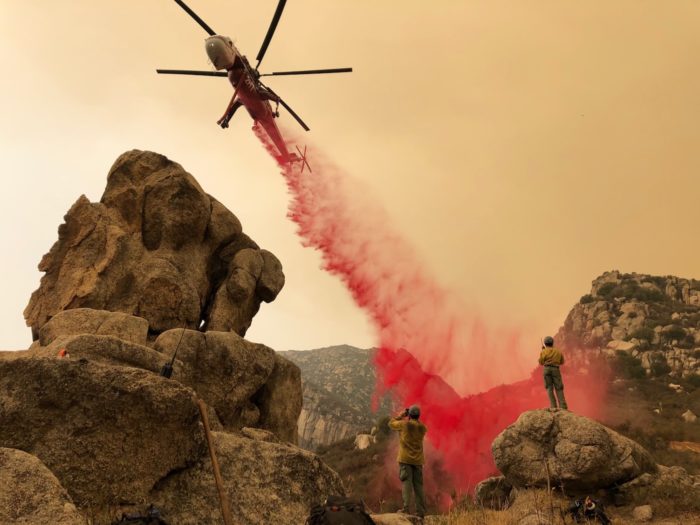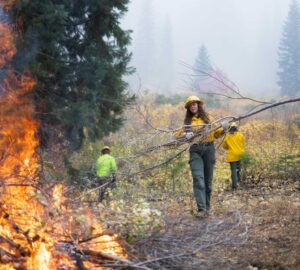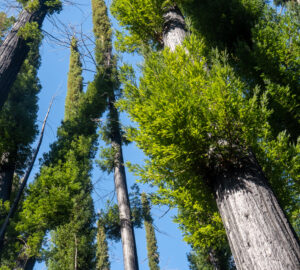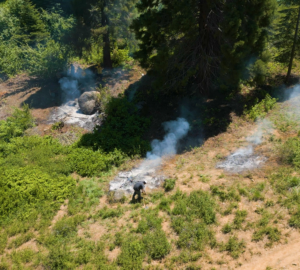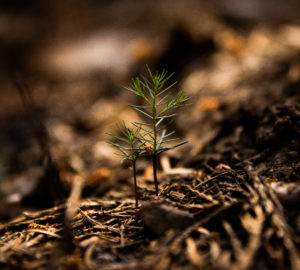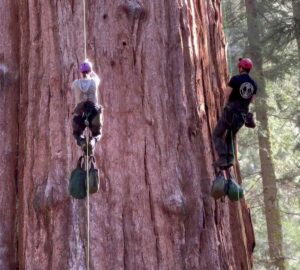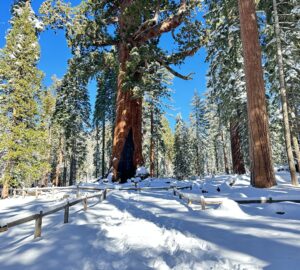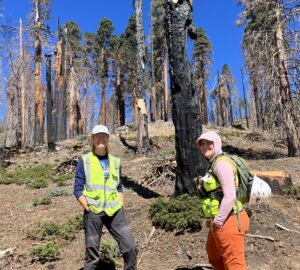This fire suppression tactic helped to keep the Sequoia National Park headquarters safe during the KNP Complex fire
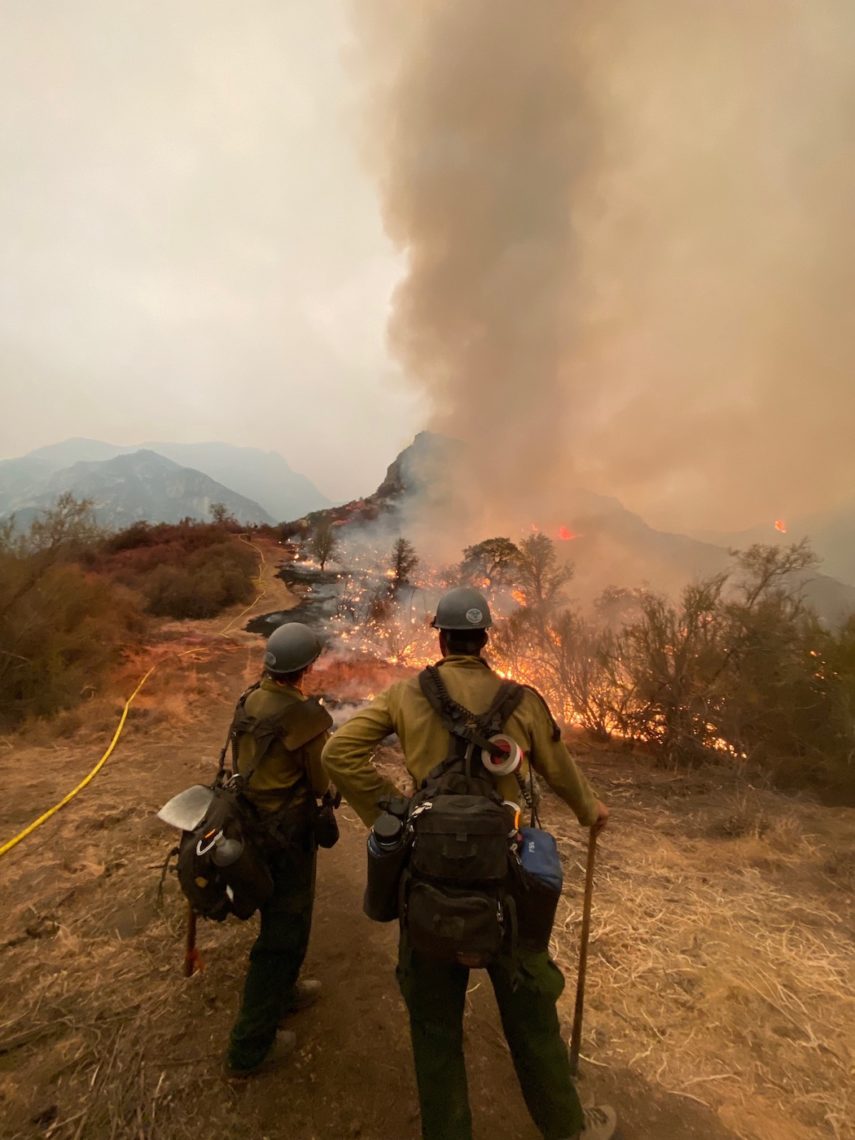
Sometimes fire crews use fire to “fight” fire. This is called backburning. Instead of allowing fire with unpredictable behavior to reach areas of high concern (such as residences and giant sequoia groves) at high severity, crews add fire to the ground to influence the fire to burn under preferable conditions.
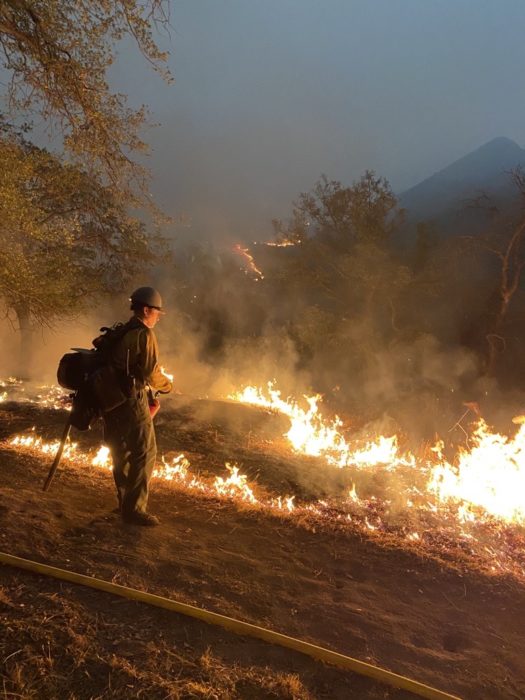
Fire burns where there is available fuel. If the conditions are right to put fire on the ground, crews can burn the fuel ahead of the fire and slow it down significantly. Oftentimes backburning happens at night when temperatures drop, winds calm down, and humidity rises. This helps prevent fire from reaching an area during the peak burn period during the day when it’s hotter and drier and winds are gustier.
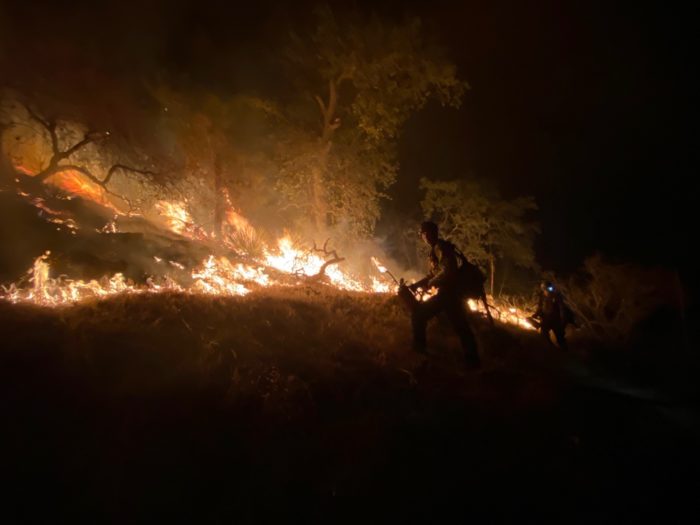
Here’s an example of back burning: In the KNP Complex, fire was quickly approaching a ridge close to Ash Mountain, adjacent to the headquarters of Sequoia National Park. Fire gains intensity as it moves up steep slopes. So, to prevent the fire from running up the slope and gaining intensity, crews cut a handline on the ridge and put fire on the ground to the east of that handline. This helped to protect important park infrastructure for the time being.
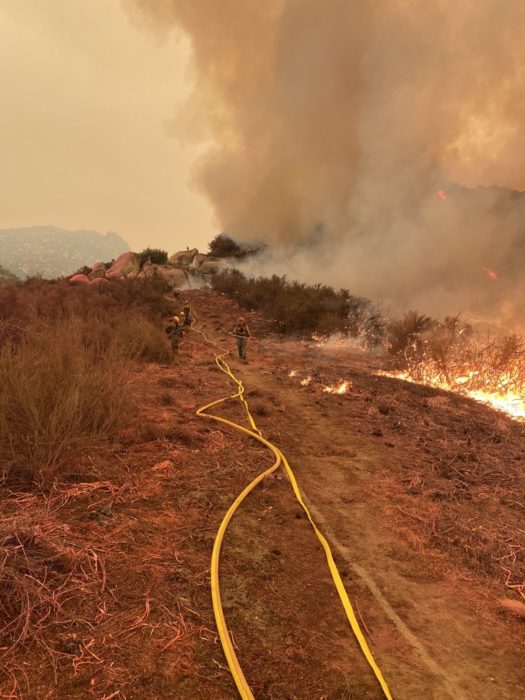
Backburning is more common than some people might think; it is often how crews protect structures, homes, communities, or other values at risk. In addition to prescribed burning and cultural burning by Indigenous peoples, this is yet another case in which fire can help protect our lands and people. Fire crews are not only brave, but also extremely skilled. We at the League are so grateful for their work and expertise.
